Digital transformation has become a buzzword thrown around in every industry. But what does it actually mean to “go digital” and how can organisations ensure their digital initiatives succeed? The answer lies in operational transformation – rethinking and optimising your core business processes as the essential first step.
Too many digital transformation programs focus heavily on front-end technologies like websites, apps and customer portals. Whilst these are important ways to engage customers in the digital age, they are ultimately just the glossy surface layer. Lasting digital transformation must be built on solid operational foundations.
Operational transformation starts by taking a fresh look at how your organisation really works under the hood. It means analysing and reengineering the processes, workflows and systems that power your day-to-day operations. Only once you have efficient digital operations can you truly capitalise on new customer-facing digital channels.
There are three key elements to achieving operational transformation as a bedrock for digital:
1. Business Process Reengineering
2. Data-Driven Insights
3. Effective Change Management
Let’s explore each of these in a bit more detail.
1. Business Process Reengineering
Yes, looking at pages of processes may be boring, but most organisations build up inefficient processes and legacy systems over many years of organic growth. Staff become stuck in their ways of working, papering over cracks with manual workarounds and disconnected tools (is anyone still running their entire business on Excel?).
Business process reengineering (BPR) means taking a blank slate and fundamentally rethinking how your organisation’s work should optimally flow from end-to-end . It involves mapping out every step, decision point and handoff to identify areas for improvement.
With BPR, no assumptions are made about why things are done a certain way. Every process is scrutinised and rebuilt from the ground up to maximise efficiency, quality and value for the customer. Bottlenecks are eliminated, manual tasks are automated (where possible), and digital workflows are designed.
BPR allows you to reimagine processes free from legacy constraints. It’s the crucial first step before layering in new digital capabilities that will transform operations.
2. Data-Driven Insights
One of the biggest advantages of digitising operations is the ability to capture data about your processes and use it to drive continuous improvement. But this relies on having the right metrics, reports and analytics in place from the outset.
During your BPR efforts, you need to define the key performance indicators (KPIs) that will matter most to your organisation. Which process steps are the biggest bottlenecks? Where are errors most likely to occur? What factors impact quality, cost or customer satisfaction?
With those critical metrics identified upfront, you can then instrument your processes to automatically track that information as digital workflows execute. The result is a constant stream of data insights that empower you to keep optimising based on facts rather than assumptions.
Maybe you’ll discover that one supplier consistently underperforms on delivery times. Or that a certain employee handles issues 20% more efficiently than their peers. Or that there are seasonal variations in demand that require staffing adjustments.
The possibilities for data-driven process improvement are endless when you have those insights at your fingertips. But it all starts by baking metrics into your BPR efforts from day one.
3. Change Management
Even with optimised processes and data insights, operational transformation will fall flat without an effective change management strategy.
At the end of the day, it’s your people who will make or break any transformation. You need a plan to get their buy-in, address concerns, provide training, reinforce new behaviours and create a culture of continuous improvement. (see our blog article Resistance to Change for more on this)
Change is hard, and inertia is a powerful force. Your teams may be sceptical, set in their ways, or simply overwhelmed by a major process overhaul on top of their day-to-day responsibilities.
That’s why change management is so vital. It’s about taking a structured approach to understanding how changes will impact different roles and teams. It’s about developing tailored training plans. It’s about celebrating small wins to build momentum. It’s about empowering employees as champions of change within their peer groups.
Ultimately, operational transformation requires a mindset shift across your organisation. The right change management strategy will foster that shift and ensure your optimised processes become the new normal.
Bringing It All Together
Business process reengineering, data-driven insights and change management are the three foundational pillars of operational transformation. But they don’t operate in siloes – they are deeply interconnected and mutually reinforcing.
Your BPR efforts should be fuelled by insights from process data and metrics. Those same metrics then enable continuous process improvement in a virtuous cycle. And an effective change management plan ensures that optimised processes aren’t just theoretical, but become deeply embedded across your operations.
Only once you have this operational transformation foundation in place can you start layering on digital technologies for the customer experience side of digital transformation. Things like:
– Intuitive customer portals and mobile apps
– Automated marketing and sales processes
– AI-powered chatbots and personalisation
– Data platforms for a 360-degree customer view
These digital capabilities are ultimately powered by the core operational processes you’ve optimised. If those foundations are shaky and inefficient, your digital transformation will be built on quicksand.
So as you embark on your own digital transformation journey, keep operational transformation top of mind. Invest the time and effort into getting it right. Bring in experienced partners to facilitate the process if needed.
With optimised operations as your digital bedrock, you’ll be able to fully capitalise on new technologies. You’ll deliver seamless customer experiences, agile processes, and data-driven continuous improvement. That’s what true digital transformation is all about.
Until next time….







